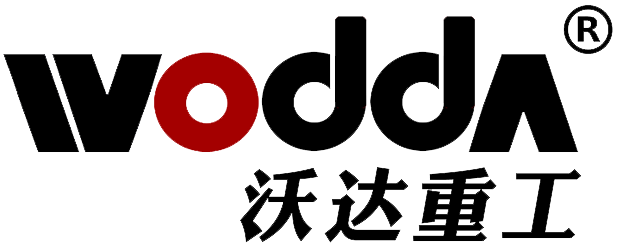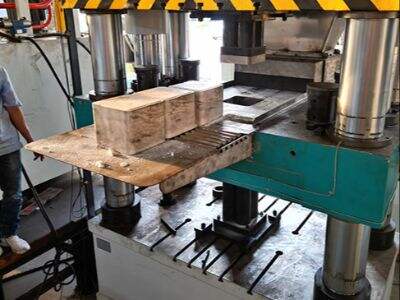It may seem difficult, but metal stretching with hydraulic presses is actually quite simple when you drill down to the core of the process. Let’s approach it this way: let’s say you have a piece of metal — maybe a car door or a flat sheet of metal. At work with hydraulic press, we are applying the force on the metal to stretch the metal and we can easily convert it into other shapes. good for creating stuff like cars or awesome metal art. How a hydraulic pressworks is liquid, either oil or water, pushes a unique piece named a piston. Having pushed one piston down on that metal, there is a great deal of pressure. This pressure causes the metal — or other material - to elongate and change its shape, enabling us to manufacture a variety of objects, from car parts to decorative items.
How Hydraulic Cylinders Assist in The Metal Stretching Process
So, how does that relate to hydraulic cylinders? Hydraulic cylinders are crucial for metal stretching. You can think of these cylinders as the Metal Stretching Hydraulic Press ’ muscles. ReferencesETfbP1Come onNowInside each hydraulic cylinder, we have a piston that moves back and forth as we pump liquid in and out. This motion creates stress that travels to the metal, making it elongate and deform. Without the hydraulic cylinders working correctly that way, the hydraulic press would not be doing its job correctly, and we would not be able to get the shapes we want.
How to Hold The Pressure and Speed for Better Results
We should not also forget to control the pressure and speed as well when you are using a Frame Hydraulic Press for metal stretching. If we have more pressure or the speed is too fast, the metal can deform unevenly or break. This is bad for our work, and we often cannot get the shapes we want. This explains the need to approach the setting of these controls with care as they must be set up well to yield good results. This allows us to control how much liquid is pumped into the hydraulic cylinder and increase or decrease the piston speed while molding the metal to our liking. It’s like sculpting a work of art in the metal, only instead of a chisel you have hydraulic force.
The Benefits of Hydraulic Press Technology in Metal Shaping
All three of these concepts are good to think about when looking at how hydraulic press technology is improving on old methods of metal shaping. Methods of shaping metal, such as hammering or molding, have limitations. They can be lengthy, require a lot of manual labor and often do not yield us shapes we want. And this is where hydraulic press technology comes to the rescue. This allows us to mold and form metal much more precisely, where we only make giant folies. This allows for very fine designs and complex shapes to be made that are hard, or even impossible, with older methods. With 315 ton hydraulic press technology we could explore the limits of what we can do with metal.
How Metal Is Shaped With Hydraulic Force
0630 The next set of arrows we use very accurately shape and manipulate metal with the hydraulic force. The hydraulic press enables us to stretch and transform metal into a three-dimensional shape in ways that we were not able to do with traditional methods. By using hydraulic cylinders, we can squeeze the material just enough to form nice curves, sharp angles, and minute details. Whether we are producing car parts or exquisite jewels or stunning sculptures our vision can be brought to life using hydraulic press technology.
 EN
EN AR
AR BG
BG HR
HR CS
CS FR
FR DE
DE EL
EL HI
HI IT
IT JA
JA KO
KO PT
PT RO
RO RU
RU ES
ES TL
TL ID
ID LV
LV LT
LT SR
SR UK
UK VI
VI SQ
SQ TH
TH TR
TR MS
MS MK
MK HY
HY AZ
AZ KA
KA MN
MN KK
KK UZ
UZ KY
KY
